In the late 1990s and early 2000s I taught small-boat seamanship classes under sail at WoodenBoat School in Brooklin, Maine. For the most part, we sailed within a sheltered cove with an occasional voyage around some not-too-distant islands. At no point were we out of sight of land or, indeed, more than a few hundred yards from shore. Our boats were Herreshoff and Haven 12-1/2s, each equipped with sails, paddle, chart, anchor, and compass.I had come to Maine from southwest England, an area known for its rain and wind. Those of us who sailed small open boats there were well practiced in reefing, but we rarely had to navigate by chart and compass. I don’t remember ever carrying a compass except for the few times we were sailing offshore or at night. We did, of course, have the occasional foggy day, but it was always well forecast and when it came, it hung around, socked in for the day. We simply stayed home. Maine, I quickly realized, was different. Here, on a bright summer day, a fog bank could roll in and overtake me with alarming speed. Within minutes I could go from full visibility to a few feet. Even more confusing, I could be sitting in full fog yet still see blue sky above. I understood why all the school’s sailboats had compasses. Mounted on the aft end of a centerboard case the compass is conveniently placed for use as a steering compass and easily to hand if needed to take a bearing. The underside of the bowl has a flat area that allows the compass to lie flush with the surface beneath it.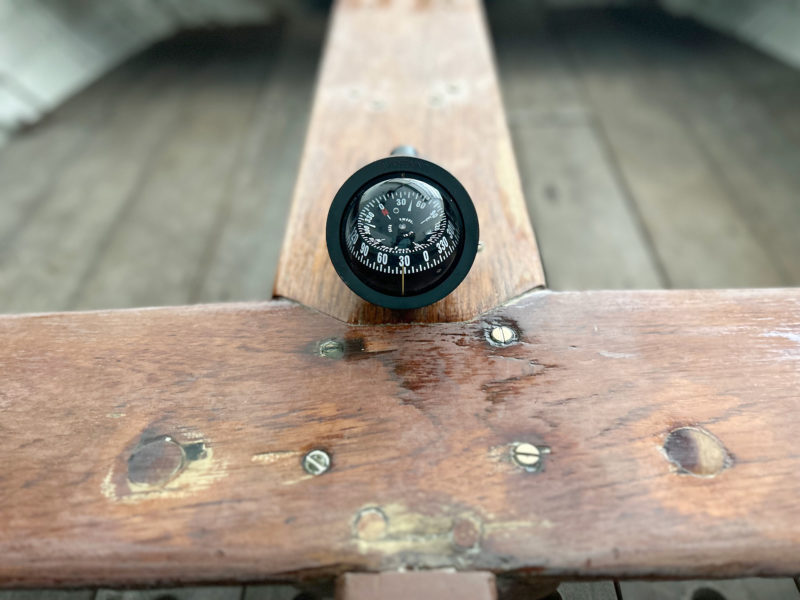 Photographs by the author
Photographs by the author
Join The Conversation
We welcome your comments about this article. To include a photo with your remarks, click Choose File below the Comment box.

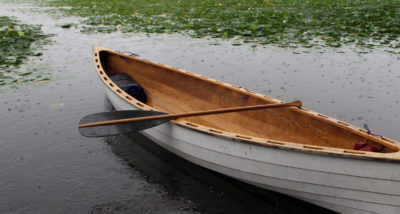
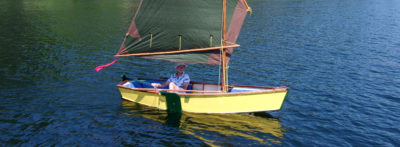
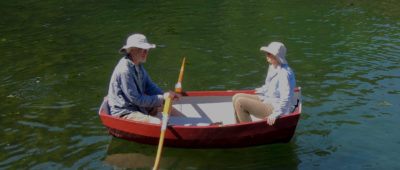
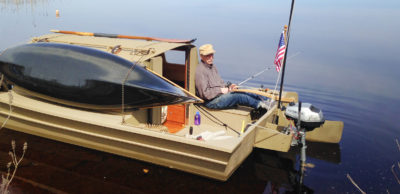

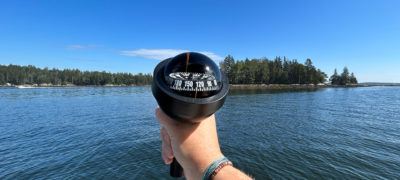
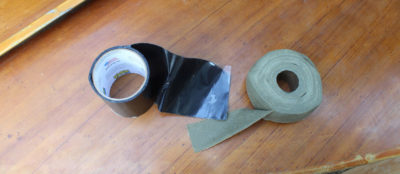
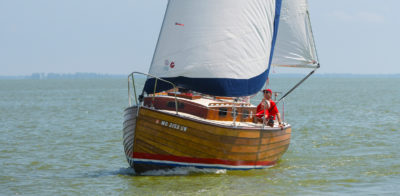
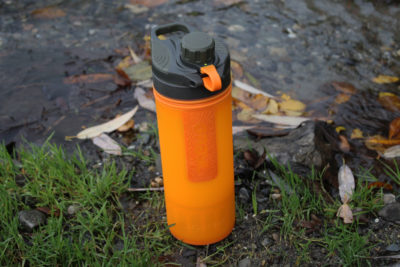
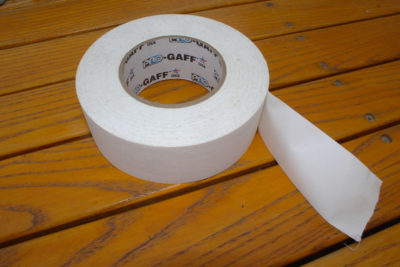
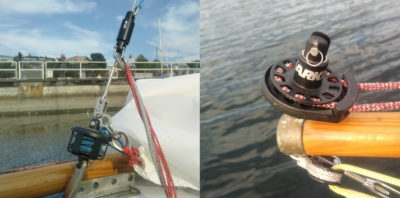
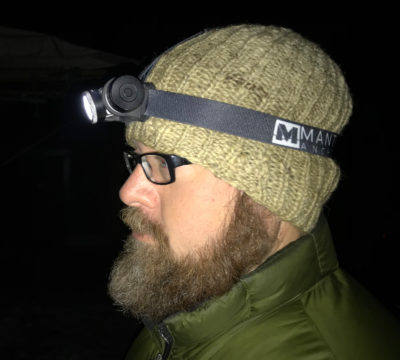
Good article.
For many years, I have used a Plastimo Iris 100 hand-held compass, which has pretty much the same features and very similar configuration as those noted for the compass in the article, including a clip for bulkhead or thwart mounting. I mounted my clip on the aft bulkhead of my sail-and-oar boat to use while facing backwards, rowing. (I had a larger, bulkhead-mounted compass forward for sailing.)
Have had one of these for years. With RAN TAN, which has some space in the daggerboard trunk ahead of the dagerboard, I have a block of wood with a hole in it for the handle of the compass and the wood fits into the trunk. A hole in a thwart or seat works well as a mount. I do have an old sock into which I put the compass when not in use to keep the dome from being scratched, being somewhat cynical about manufacture claims.
I have the same compass in my 17′ Whitehall (traditional lapstrake, wood). I made a removable base that can bungee onto any of my thwarts. This allows me to use one mount and use it in a number of locations as the need arises. When the compass is not in use, I have a neoprene bag to keep it in and protected. Works wonderful as a bearing compass or steering compass. With the “classic wood” base-mount, it really fits with the character of the boat.
I have a much simpler (and cheaper) bearing compass that I take kayaking. The usefulness of this type of compass comes when you find yourself in unfamiliar waters and need to know your location. Sighting one, two, or three prominent landmarks in different directions gives you crossing lines that pinpoint where you are.
If often grouse when I am with a group on an excursion, and everybody prefers to let the “leader” do the navigating. Everyone (in separate boats) should carry a chart, and should take some responsibility for navigating. Groups have been known to get separated, with resulting embarrassing or awkward outcomes. Sometimes the leader doesn’t know what’s going on any more than the followers.
Of course GPS solves all these problems. Until the batteries give out.